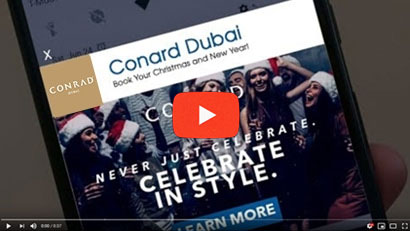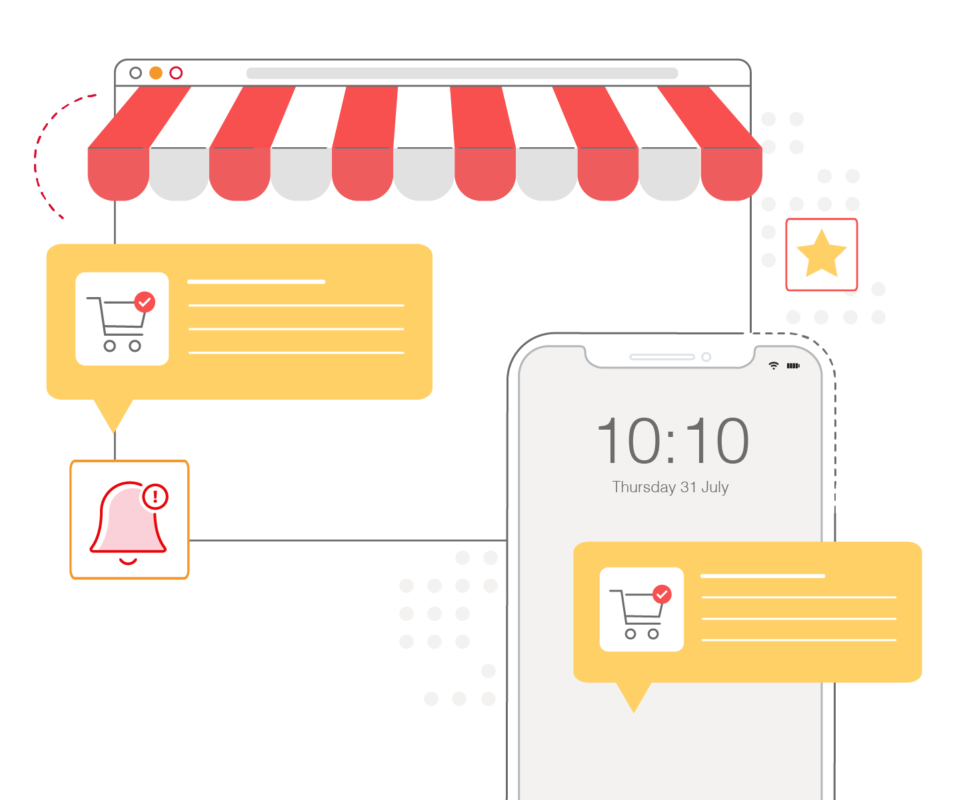 Traditional display ads can only be seen when a user opens an app or visits a domain, but Push Notifications allow for incremental monetization opportunity to reach inactive users as the ads are displayed on the device itself.
Traditional display ads can only be seen when a user opens an app or visits a domain, but Push Notifications allow for incremental monetization opportunity to reach inactive users as the ads are displayed on the device itself.
There are many distribution versions available to display a push notification to a user. Most users may not realize this, as the user’s experience will remain the same for all versions of Push Notifications.
- App Developers can deliver a Push Notification to their users via an SDK
- Website owners deliver Push Notifications via the Chrome browser to a user’s device
- Manufacturers (OEM) and Carriers (Telco) also send Push Notifications to their users

